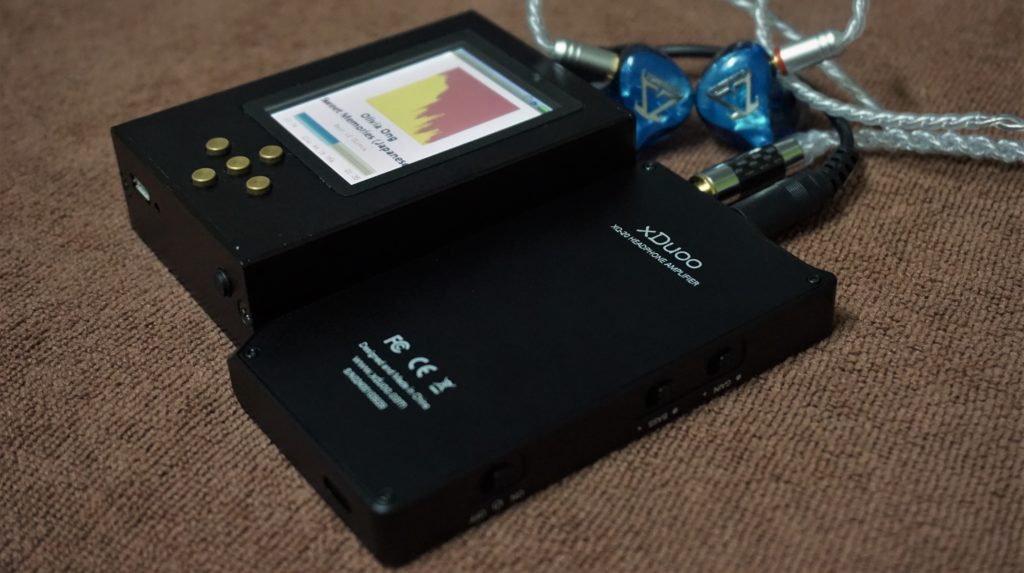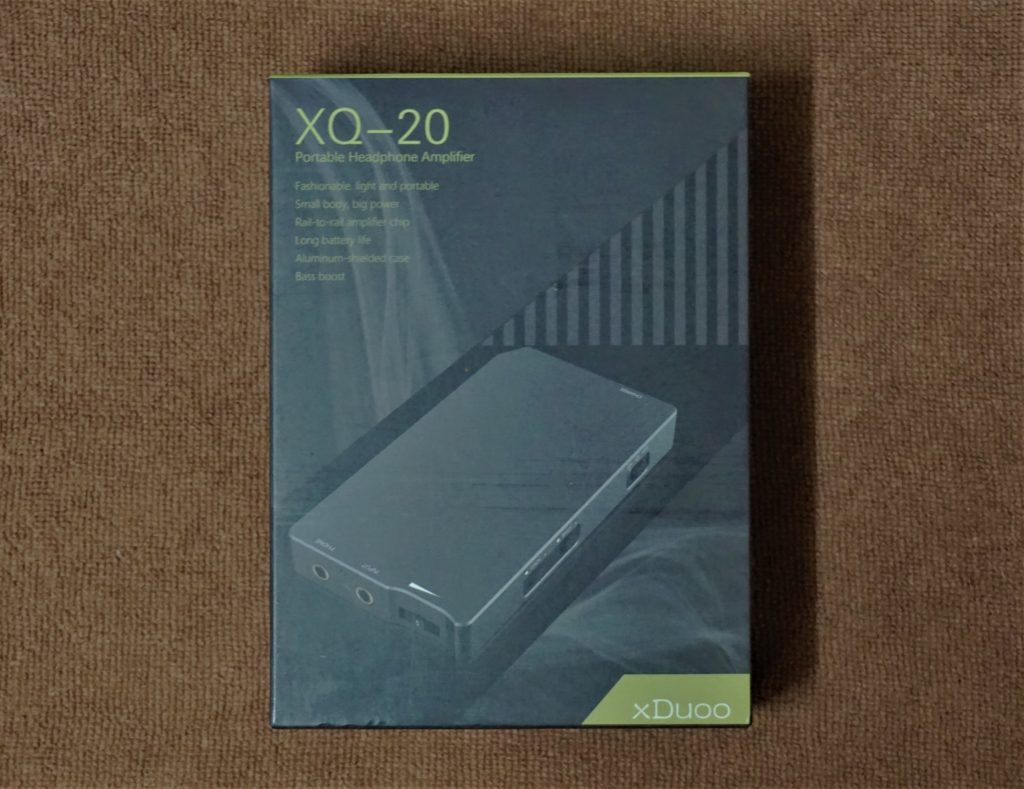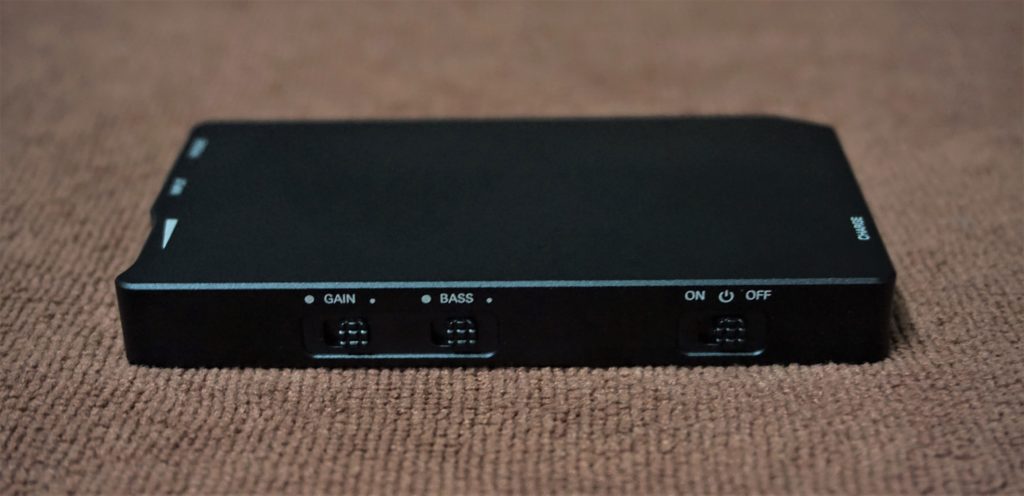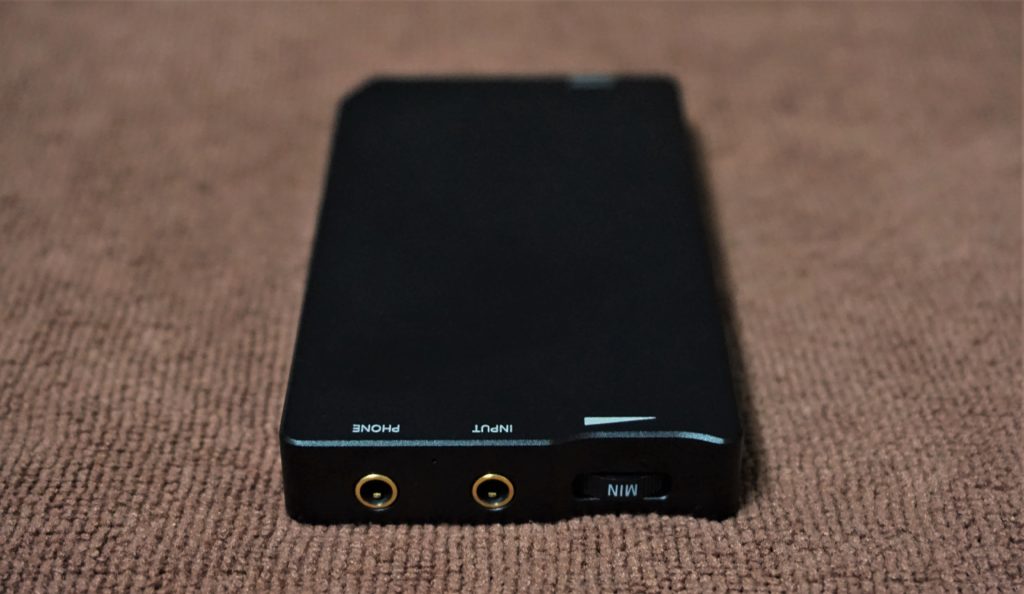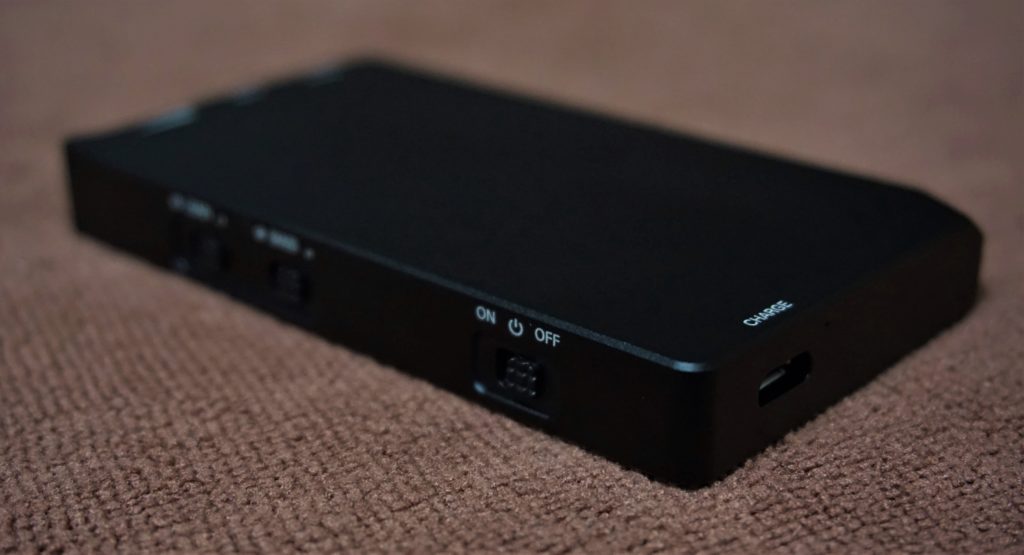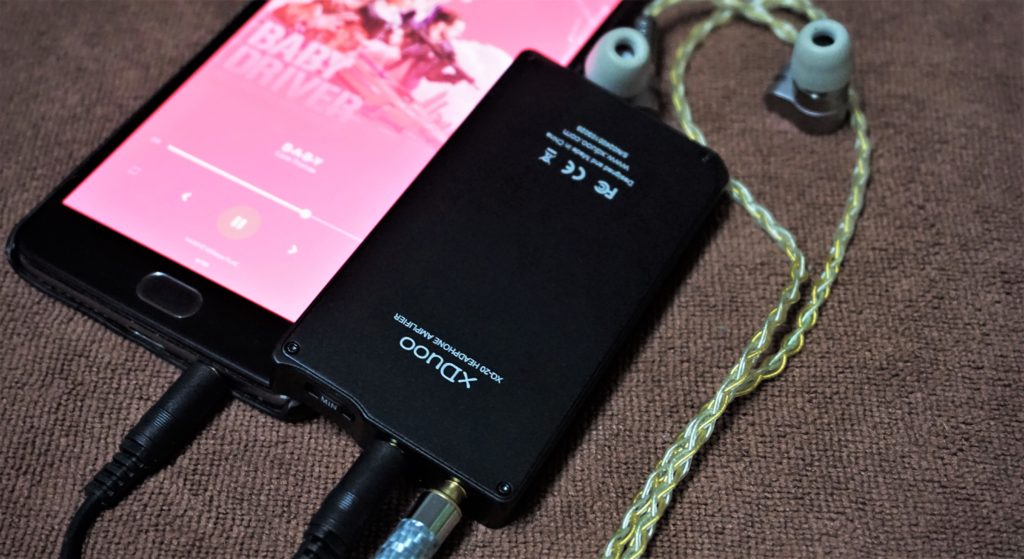Using a dedicated amplifier for my daily dose of music was one of the things that paved the way for me to even consider diving into the audiophile world, I can still clearly remember the moment I unboxed my 1st ever DAC/AMP in the form of the iBasso dzero mk2 which I still have to this very day and still functions when needed. I’ve then been in bed with different DAC/AMPs and this realview makes no difference for another came my way to satiate my never-ending thirst something new.
In comes the XQ-20, a dedicated amplifier from xDuoo, a CN-based company from Shenzen. The xDuoo XQ-20 utilizes ALPS potentiometers from Japan along with Nikon and ELNA capacitors with an OP (OPA1652) + BUF (LMH6643) circuit architecture from Texas Instruments. With a $58 price tag, the XQ-20 is as entry-level as it can get price wise. Linsoul Audio and
DD Audiophile sponsored the sample unit to be used for this review and you can check out their respective websites if you are already interested in getting the XQ-20, but before you do, let’s check out what yours truly has to say for the XQ-20.
Specifications and Packaging
Traditional xDuoo packaging accompanies the XQ-20. Highlighting the front is the XQ-20’s product description and design, over at the back is the complete list of all its features, specifications and package list. Inside shows a box which contains the xDuoo XQ-20 with a compartment for the USB cable, 3.5-3.5 audio cable, warranty card and product manual.
xDuoo XQ-20 Specifications:
- Power Source: DC 4.2V built-in li-polymer rechargeable battery
- Frequency response: 10Hz-22Khz
- THD+N: 0.001% (1KHz)
- Recommended Headphone Impedance: 16Ω~300Ω
- Charging time: <4H
- Output power: 125mW(32Ω load)
- Gain: +3/+6dB
- S/N: 114dB
- Playback time: ≥9H
- Size: 94*52*12mm
- Weight: 85g
Build quality, Interfaces and Handling
The XQ-20 features a CNC-machined aluminum alloy for its body which has a sandblasted matte black finish with rounded edges and is totally portable with its 85g heft. It has a power bank-like look which when connected to my smartphone and DAPs was always mistaken as such when I’m using it together. The exclusion of rubber feet stickers and stacking cables makes the XQ-20 hard to stack with other DAPs that is if you are fan of stacking. All the interfaces are in the form of toggle switches which is great since this your average entry level portable headphone and earphone amplifier. I’d also be careful when lugging and storing this around especially when you store it with your other gadgets as they may scratch and break those with glass components given the right bump and shake.
Top Panel
The XQ-20’s front panel features the volume rotating volume knob and the dual 3.5mm ports for headphone out and audio input. What’s great about the XQ-20’s audio input and output ports are they are reinforced with a gold-plated metal enclosure which I personally believe should be an industry standard at this point of an audiophile market emergence. A power LED indicator which gives a static green light when turned on and blinks when power is about to drain.
Bottom and Left Side Panel
The left side panel of the XQ-20 features the trio of toggle switches for the bass boost, gain controls and the on/off switch. They have great tactile feedback when switched to your preferred setup and doesn’t rattle at all. The bottom panel is where the dedicated micro-USB B charging port. A discreet red charging LED indicator accompanies the lone feature on the bottom panel which switches off when full charge is reached.
Sound Quality and Battery Life
With a 500mAh battery powering the XQ-20 and a give or take 9 hour estimated playback time with a more or less 4 hour charging time gives the XQ-20 an already somewhat thumbs down for me, since that 4 hour charging time is already 50% of its actual usage time and sure enough when I used it, it indeed took 3 hours and 48 minutes for the XQ-20 to show a full charge. I’m not expecting quick charge capabilities for a dedicated AMP yet at 2019, it’s almost a standard feature. I used the XQ-20 exclusively with my MSI GF62-8RE laptop, OnePlus 3T and Zishan DSD Pro devices with 16/44 FLAC files along with the TIN HIFI T3, Shozy BK Stardust and Meze Audio 99 Neo and at the 4th volume knob configuration as well. The XQ-20 lasted around 8 hours and 20 minutes on average during my time with it, it doesn’t warm up at an uncomfortable level even when using High Gain and with Bass boost turned on.
The XQ-20 as an amplifier does its job in a great way in line with its claimed “soft and natural sound with perfect bass extension”, only the usage of “perfect” was off the mark. I have this expectation set when testing out dedicated amplifiers which is that it should in actual experience not color the signature from its source. The XQ-20’s biggest selling point is it indeed retains the source’s inherent sound signature with a mild touch of being on the warmer side, my MSI laptop and OnePlus 3T device has an inherent lack of low end bass impact and body which the XQ-20 with bass boost solves right away. Midrange and high frequency output doesn’t benefit from the XQ-20 so if you are after an improvement on this area, now’s the time to look away. The XQ-20 however gives an emphasis to where its function lies and that’s in carrying out a more engaging sound by providing the additional power which non-audio dedicated devices needs. The bass extension is far from perfect as xDuoo claims yet there is indeed bass extension to be discerned when using the XQ-20, sub-bass has more power in it with slower decay than natural giving out a lingering feeling to tracks heavy on the low-end to be either excessive or not, surely bassheads will adore this effect which in my case wasn’t as I like my sub-bass to dissipate quick.
The XQ-20 reminds me of my earlier days where I thought I was the king of the world with that additional power that I had when I first used a dedicated amplifier. The XQ-20 for $58, with its usage of reinforced gold-plated 3.5mm audio ports for both input and output and easy on the hand usage gives its ability not to color the sources sound signature but provide a much needed low-end impact most non-audio dedicated devices lacks much more meaningful. I would highly recommend the XQ-20 to those who are starting their journey into the audiophile world and would say opposite to those who already own a dedicated music player, it’s just another weight to lug around.







